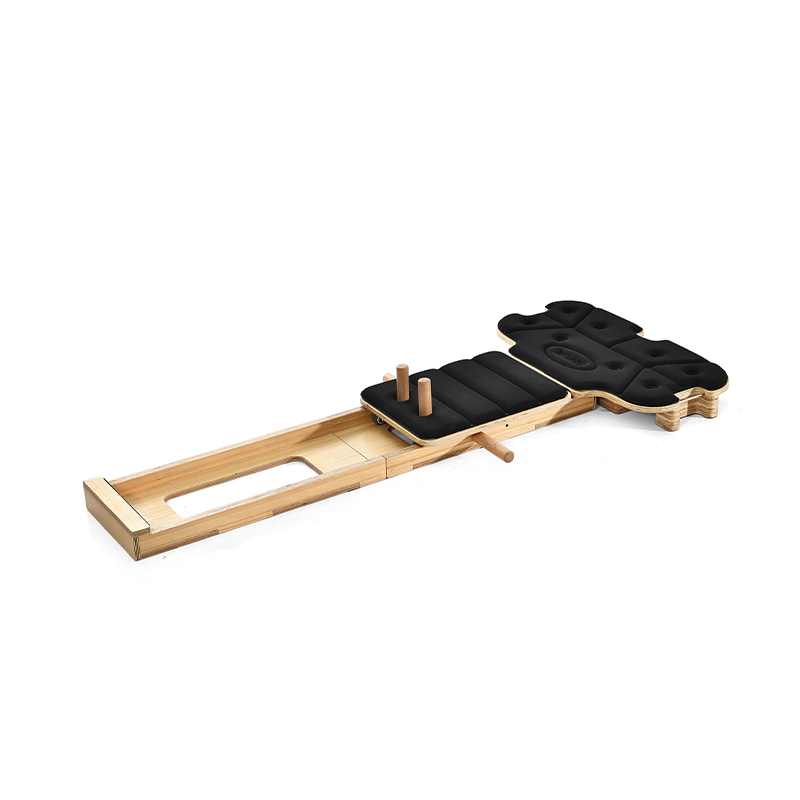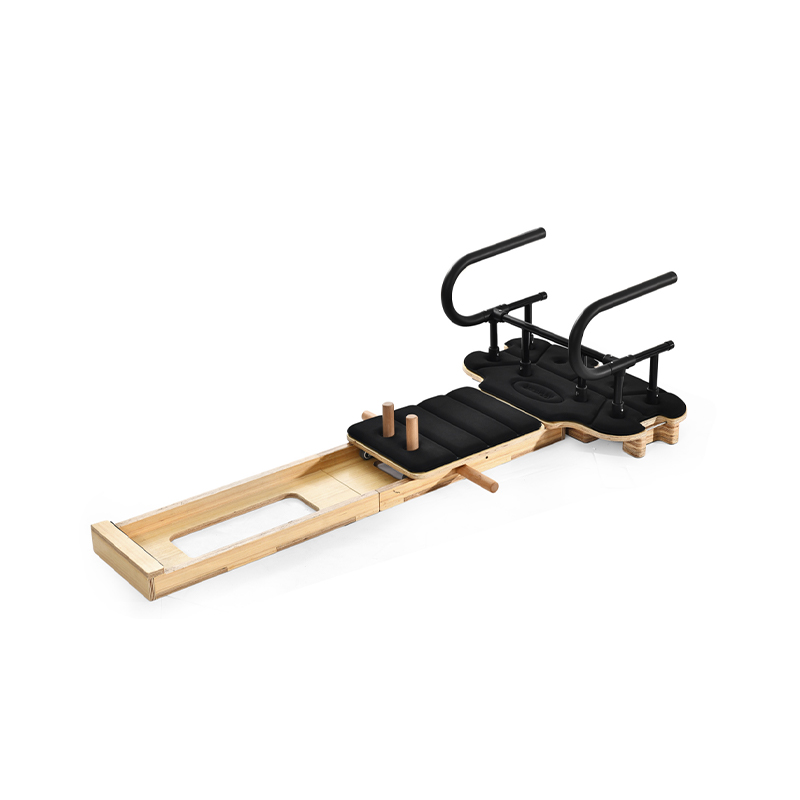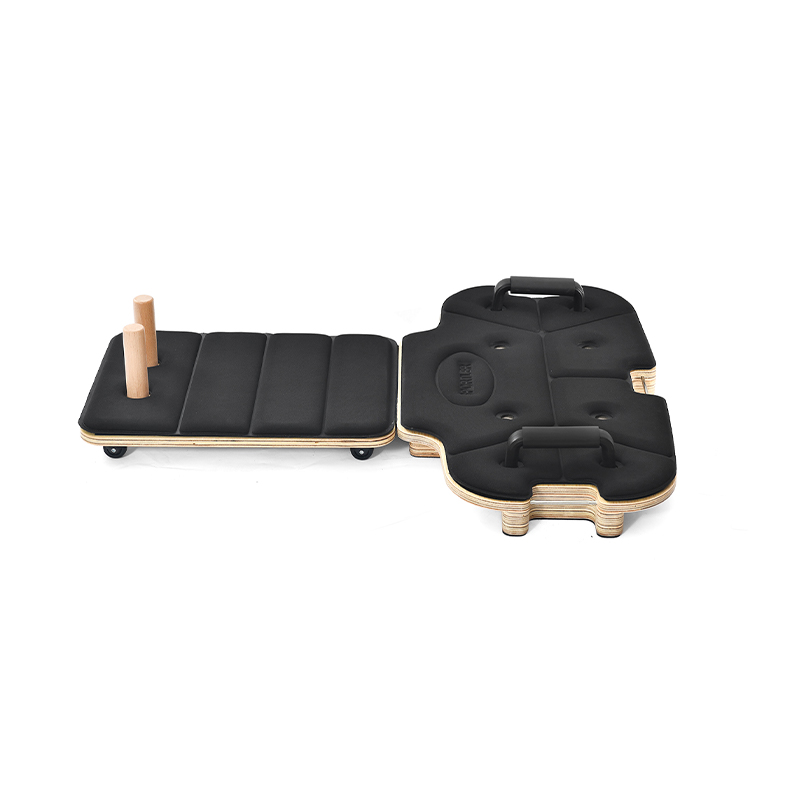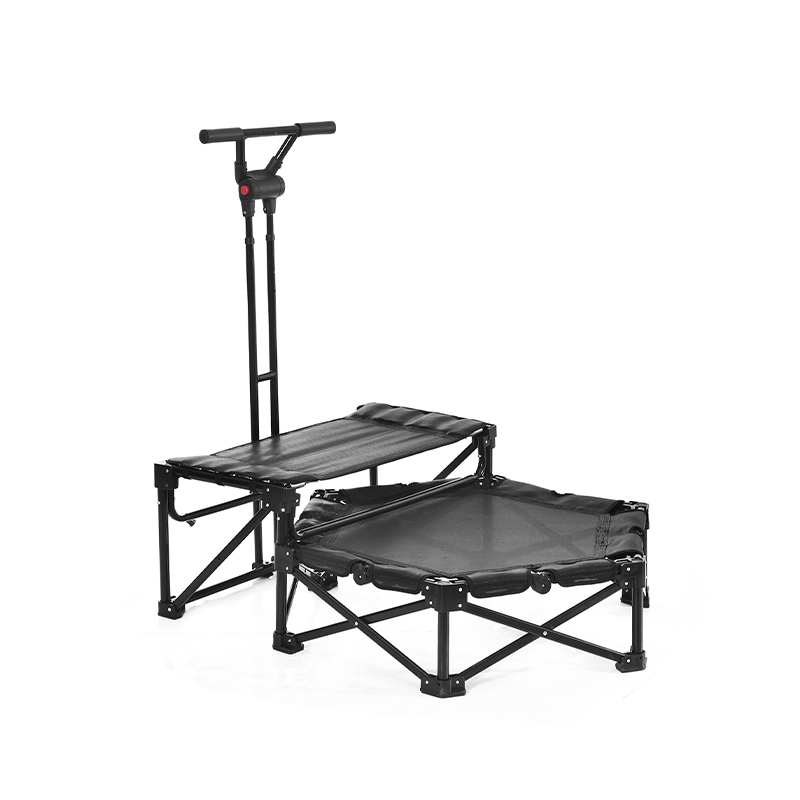Barbell equipment is widely used in both professional gyms and home fitness spaces to develop muscular strength and endurance. As a core tool in resistance training programs, barbells help users engage multiple muscle groups, enhance coordination, and improve overall physical conditioning.
A standard barbell consists of a metal bar that can be loaded with weight plates on both ends. This structure allows for adjustable resistance, making it adaptable to individual capabilities and progressive training goals. Exercises such as squats, deadlifts, bench presses, and overhead presses are common barbell movements that activate major muscle groups in the legs, back, chest, and shoulders.
For strength training, barbells allow users to lift heavier loads with greater stability compared to other forms of resistance, such as dumbbells or resistance bands. The bilateral nature of barbell exercises ensures symmetrical muscle activation, supporting balanced development. Regular strength-focused workouts using barbells can increase muscle mass, bone density, and power output.
Endurance training with barbells typically involves using lighter weights and higher repetitions. This method promotes muscular stamina and cardiovascular engagement, particularly when combined with short rest intervals or circuit-style routines. Barbell complexes — sequences of back-to-back movements — are often used to elevate heart rate while maintaining resistance-based stimulus.
Form and technique are essential in barbell training. Proper alignment reduces the risk of injury and ensures target muscles are activated efficiently. more users benefit from beginning with lower weights to focus on posture, breathing, and controlled movement before progressing to heavier loads. Using collars or clips to secure weight plates is also recommended for safety.
Barbell sports equipment is usually made of durable steel, often with knurled grips to enhance hand traction. Some models include rotating sleeves, which reduce joint strain during dynamic lifts by allowing the plates to spin. The inclusion of rubber-coated or bumper plates is common in functional training spaces, where protection of floors and quieter performance are desired.
Home barbell setups can vary from simple bars and plates to complete systems including racks, benches, and flooring. Space efficiency and storage considerations are important for home use, and collapsible or modular designs can provide additional flexibility. Weight plates can be stored on vertical racks or mounted pegs to keep the workout area organized.
Cleaning and maintenance of barbell equipment help extend its lifespan. Wiping the bar after each use removes sweat and moisture, while checking for loose parts or surface wear ensures safe operation. Regular oiling of rotating sleeves, if applicable, can also improve performance.
Incorporating barbell workouts into a broader training plan supports comprehensive fitness development. Combining strength-focused sessions with mobility work, cardio training, and recovery allows users to build functional capacity without overtraining specific areas. Tracking progress over time — through repetitions, weight increases, or improved form — helps maintain motivation and structure.
In conclusion, barbell muscular strength and endurance equipment offers a reliable and adaptable solution for resistance-based fitness training. Its versatility, scalability, and integration into various workout styles make it a valuable tool for users seeking long-term strength and stamina improvements. Whether used at home or in the gym, barbell training supports balanced performance and consistent physical development.


 English
English русский
русский Español
Español







